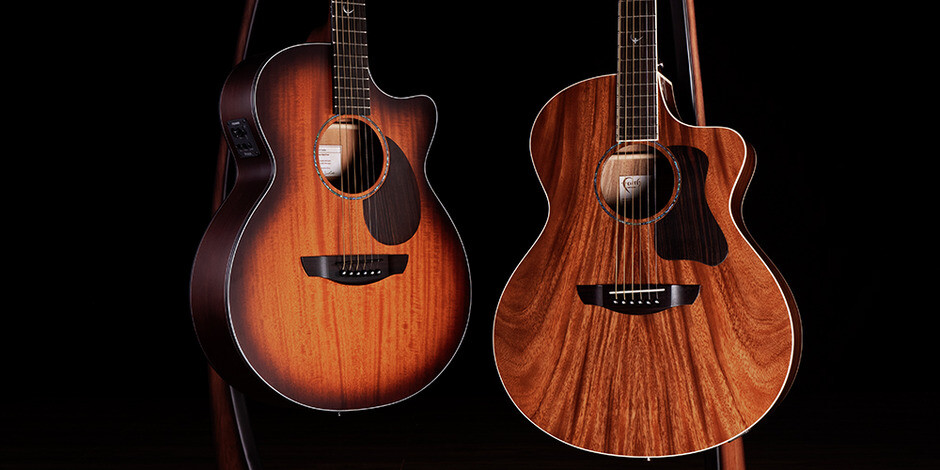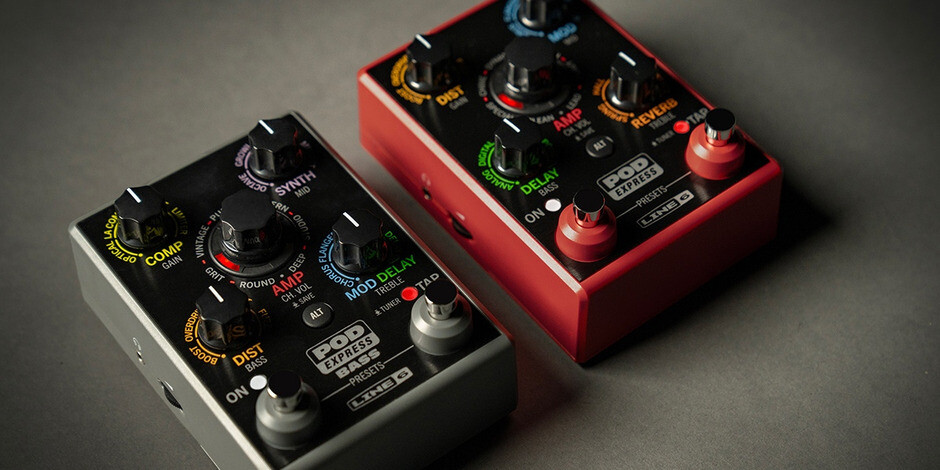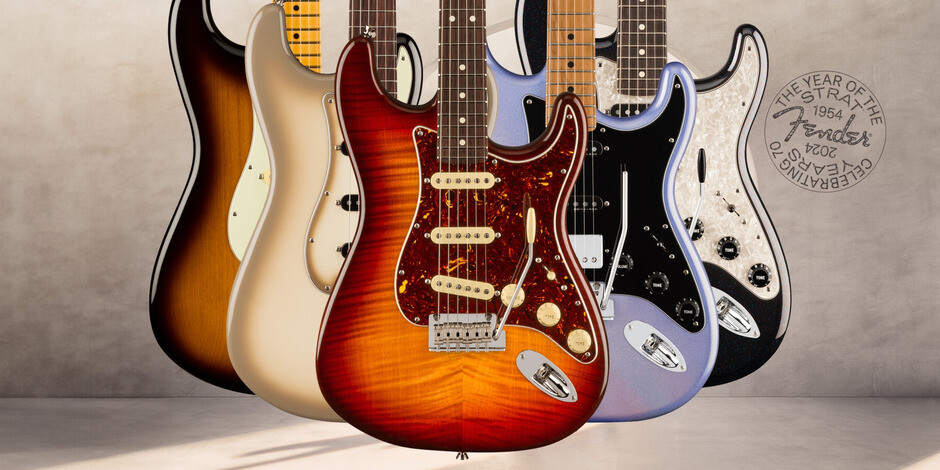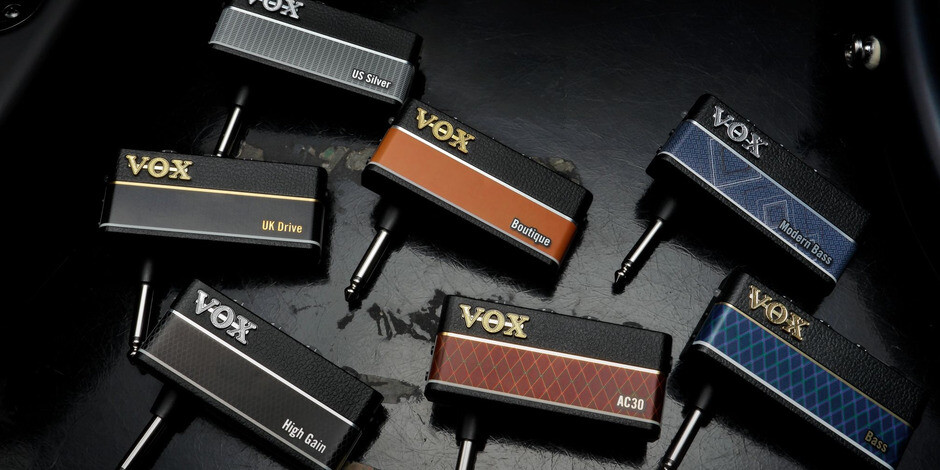
Microphone Guide
Dynamic, condenser, vocal mic, instrument mic, polar pattern. If you're a bit confused about microphones let our little guide help you.
The world of microphones is a fairly big one. Do I need a dynamic mic or a condenser mic? What’s better for the studio? What's better for the stage? What’s the best mic for instruments? Here’s a rough guide for you.
Dynamic Microphones
These are unpowered mics, strong, robust and generally preferred for live use, due to a simple three part design and no moving parts. Good options for vocalist are the legendary Shure SM58 - a hardy, rugged mic that’s been a mainstay on the stage for many years - or the excellent value Samson Q7. Dynamic mics can lack a bit of the very top of the EQ range but if anything this lack of treble is a generally a good thing on stage meaning you’ll get a bit less feedback.
For instruments, the extra capability for handling large sound pressure levels mean dynamics mics can be great for guitar cabinet sor direct drum mic’ing, Check the Shure SM57 or the Shure Beta 57A.
Condenser Mics
Used more for studio work, due to their more delicate nature, condernser Microphones require power (usually known as phantom power) to work them due to a dual plate design (basically an electro magnet) as opposed to the single magnet, coil and diaphragm on a dynamic mic. This allows the mic to respond quickly giving a much larger frequency response for sizzling treble and deeper bass.
Studio mics tend to be large diaphragm microphones such as the excellent value MXL 440 or the MXL 2003A. These mics allow for a greater frequency range which means that less processing and equalising will be necessary for a good sound. A large diaphragm mic is not so good at loud levels as they can distort too quickly meaning that instruments with a large output will not sound so good but softer acoustic instruments will be recorded better. The smaller diaphragm condenser microphones jump in here with less movement inside they can deal well with a higher volume meaning better for loud instruments and in louder environments such as on stage.
For those on a budget and want to record both vocals and instruments the MXL 550/551 and MXL 990/991 packs are great options.
Ribbon Mics
These microphones create sound with thin metal ribbon suspended between the poles of a magnet and are unpowered. These offer a lot more high frequencies giving a brighter crisper sound these microphones usually offer a bi directional polar pattern. A popular choice is the MXL R144.
Another talking point is the polar pattern - this is simply where the microphone picks up best and strongest. There are three patterns that are mainly used so we’ll cover the most common here.
Cardioid
This pattern usually looks like a bum (maybe a picture here?) generally most microphones make use of this pattern, and with good reason they respond best with sound directly from the front and this allows for more rejection from the sides making it great for live use with a bit less bleed over from a too loud guitarist next to you! you know who I mean. it can also be handy for various effect recording as you move off the front axis the bass reduces giving a more treble response notably useful in guitar cab mic’ing.
Omni Directional
This pattern is depicted by a big circle, it hears all equally making it great for a recording where you want a little room as well such as for choirs or live lounge style affairs. As the distance from the microphone increases so the bass response drops so keep an eye on placements
Bi-Directional
Looks like a figure of eight….. or a kids drawing of a snowman without the hat and eyes obviously. The pickup pattern on these mics means that if you have two singers either side of the mic you’ll have a good rejection of each singer on either side or for mic’ing a stereo source from the centre. This polar pattern is usually the domain of Ribbon microphones
If you are not sure about your mic choice or just need some further information, pop into the store or call us and we can advise you and make sure you get the right mic for the job!




Comments